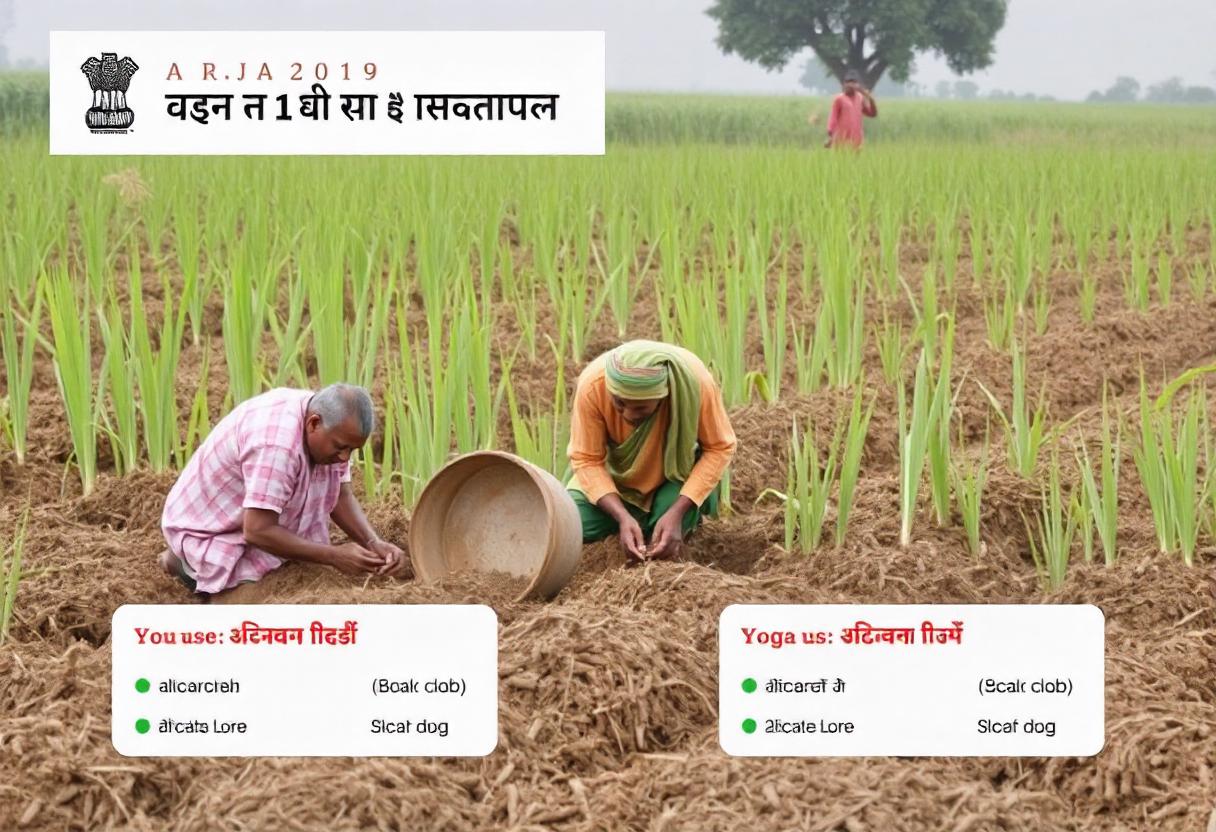
Agriculture Yojana refers to various government schemes and programs aimed at enhancing agricultural productivity, supporting farmers, and promoting sustainable agricultural practices in India. These initiatives are designed to address the diverse needs of the agriculture sector, from improving crop yields to providing financial assistance and technical support.
Key Agriculture Yojanas in India
India has implemented several key yojanas (schemes) to bolster its agriculture sector. Some of the prominent ones include:
- Pradhan Mantri Krishi Sinchai Yojana (PMKSY): Launched to enhance irrigation facilities across the country, PMKSY aims to provide equitable water supply and improve water use efficiency. The scheme focuses on building and upgrading irrigation infrastructure and promoting efficient water management practices.
- Pradhan Mantri Fasal Bima Yojana (PMFBY): This crop insurance scheme is designed to provide financial support to farmers in case of crop loss due to natural calamities, pests, or diseases. It aims to reduce the risk of crop failure and ensure farmers’ financial stability.
- Soil Health Management (SHM): The SHM scheme focuses on improving soil health and fertility through regular testing and the application of appropriate soil nutrients. It promotes sustainable farming practices and aims to enhance crop productivity.
- National Agricultural Market (eNAM): This scheme aims to create a unified national market for agricultural commodities by integrating existing APMC (Agricultural Produce Market Committee) markets through a digital platform. It seeks to provide better market access, transparency, and fair prices for farmers.
- Rural Infrastructure Development Fund (RIDF): Managed by the National Bank for Agriculture and Rural Development (NABARD), the RIDF supports infrastructure projects in rural areas, including those related to agriculture, such as irrigation systems, rural roads, and storage facilities.
- Kisan Credit Card (KCC): The KCC scheme provides farmers with easy access to short-term credit for their agricultural needs. It offers low-interest loans for crop production, purchasing inputs, and meeting other financial requirements.
Objectives and Benefits
The primary objectives of Agriculture Yojanas are to:
- Enhance Agricultural Productivity: By providing financial assistance, technical support, and infrastructure development, these schemes aim to boost crop yields and improve overall productivity in the agriculture sector.
- Support Farmers’ Livelihoods: Through various financial and insurance schemes, Agriculture Yojanas help mitigate the risks faced by farmers, ensuring their economic stability and security.
- Promote Sustainable Practices: Several schemes focus on sustainable agricultural practices, such as soil health management and efficient water use, to ensure long-term environmental and economic sustainability.
- Improve Market Access: Initiatives like eNAM aim to connect farmers with wider markets, enabling them to access better prices for their produce and reducing the role of intermediaries.
Implementation and Reach
Agriculture Yojanas are implemented at both the central and state levels, with coordination between various government departments and agencies. The schemes are designed to reach a wide audience, including small and marginal farmers, agricultural laborers, and rural communities.
- Central Government: The central government formulates and finances various schemes, providing guidelines and setting objectives. It also monitors the implementation of these schemes across different states.
- State Governments: State governments are responsible for implementing and managing the schemes at the local level. They adapt the schemes to regional conditions and ensure that they reach the intended beneficiaries.
- Local Bodies: Panchayats and local agricultural departments play a crucial role in disseminating information, providing support, and ensuring that the benefits of the schemes reach the grassroots level.
Challenges and Future Directions
Despite the significant impact of Agriculture Yojanas, there are challenges in their implementation, including bureaucratic hurdles, lack of awareness among farmers, and infrastructure gaps. Addressing these challenges requires ongoing efforts to streamline processes, enhance communication, and ensure effective delivery of benefits to the farmers.
Future directions for Agriculture Yojanas may include the integration of technology for better monitoring and implementation, increased focus on climate-resilient practices, and the expansion of schemes to cover more diverse agricultural activities and regions.